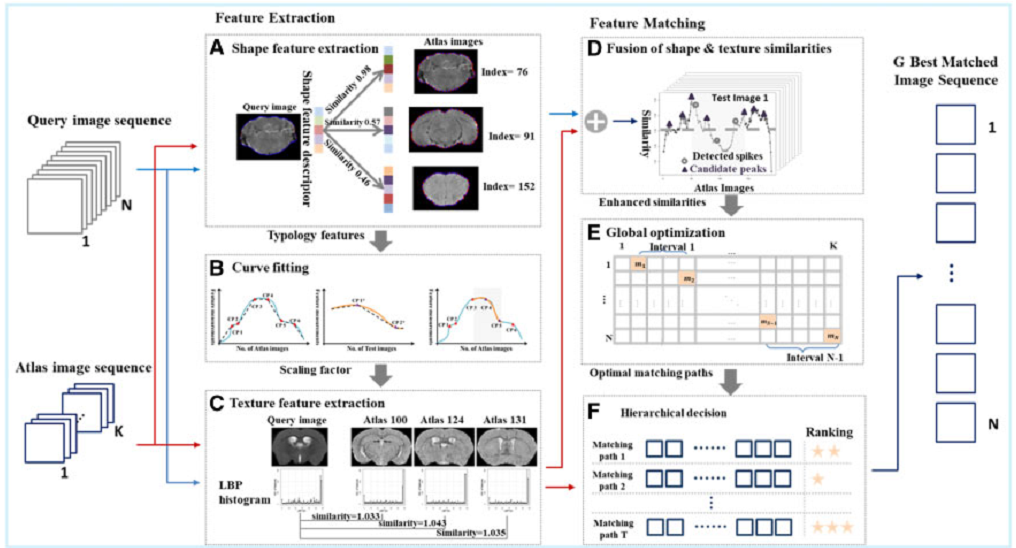PRV531 and VSV-mCherry were used as retrograde or anterograde transsynaptic virus tracers respectively. (From
BrainVTA)
The viruses used in this article from BrainVTA are in the table below
|
Pseudorabies virus |
PRV531 |
|
Vesicular stomatitis virus |
VSV-mCherry |
Qi Shen, Goayu Xiao, Yingwei Zheng, Jie Wang, Yue Liu, Xutao Zhu, Fan Jia, Peng Su, Binbin Nie, Fuqiang Xu, Bin Zhang
Pub Date: 2019-12-15,
DOI: 10.1093/bioinformatics/btz404,
Email: sales@brainvta.com
Motivation: Study of brain images of rodent animals is the most straightforward way to understand brain functions and neural basis of physiological functions. An important step in brain image analysis is to precisely assign signal labels to specified brain regions through matching brain images to standardized brain reference atlases. However, no significant effort has been made to match different types of brain images to atlas images due to influence of artifact operation during slice preparation, relatively low resolution of images and large structural variations in individual brains.
Results: In this study, we develop a novel image sequence matching procedure, termed accurate and robust matching brain image sequences (ARMBIS), to match brain image sequences to established atlas image sequences. First, for a given query image sequence a scaling factor is estimated to match a reference image sequence by a curve fitting algorithm based on geometric features. Then, the texture features as well as the scale and rotation invariant shape features are extracted, and a dynamic programming-based procedure is designed to select optimal image subsequences. Finally, a hierarchical decision approach is employed to find the best matched subsequence using regional textures. Our simulation studies show that ARMBIS is effective and robust to image deformations such as linear or non-linear scaling, 2D or 3D rotations, tissue tear and tissue loss. We demonstrate the superior performance of ARMBIS on three types of brain images including magnetic resonance imaging, mCherry with 40,6-diamidino-2-phenylindole (DAPI) staining and green fluorescent protein without DAPI staining images.
 Figure 1. The architecture of ARMBIS for matching image sequences.
Figure 1. The architecture of ARMBIS for matching image sequences.
In this study, the authors developed a novel effective image-sequence matching framework, termed accurate and robust matching of brain image sequences (ARMBIS), to match query image sequences to reference brain image atlases
BrainVTA offers viral vector construction & virus packaging services for AAV, LV, RABV, PRV, HSV and VSV that help researchers explore questions about genes, neurons, circuitry structure, function of brain network, mechanism and treatment of diseases.
If you have any needs, just email us at
sales@brainvta.com.
